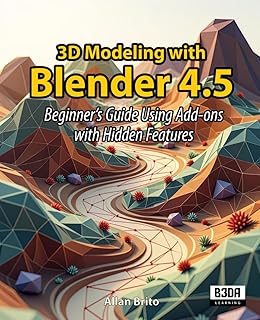Adam Swaab, an accomplished 3D artist, shared insights into his creative journey and the process of crafting stunning nebula experiments using Houdini software. His career spans various fields, from advertising to feature films, where he has honed his skills and developed a deep understanding of 3D artistry.
Swaab’s introduction to 3D artistry traces back to the early 2000s, starting with Cinema 4D and later transitioning to Houdini due to its procedural nature and comprehensive toolset. His proficiency in Houdini grew through self-teaching and active participation in online 3D artist communities, where he explored innovative techniques and solutions.
Throughout his career, Swaab has engaged in diverse projects ranging from motion graphics to real-time visuals, showcasing his versatility and adaptability as a 3D artist. His recent focus on creating space nebulas stemmed from a desire to challenge himself artistically and explore new visual territories distinct from his previous works.
Driven by a passion for experimentation, Swaab embarked on a journey to discover novel techniques for generating nebula formations. His exploration led him to investigate render-time volume shader networks and particle-based solutions, each presenting unique challenges and opportunities for creative expression.
Despite initial setbacks with shader-based and particle-driven approaches, Swaab found his stride with volumetric solutions, leveraging custom solvers and velocity fields to simulate intricate nebula structures. By fine-tuning density fields and employing innovative rendering methods, he achieved a balance between artistic control and visual authenticity in his nebula creations.
Central to Swaab’s process was the integration of volumetric elements and star fields, meticulously crafted to enhance the cosmic ambiance of his compositions. Through a meticulous blend of simulation, lighting, and rendering in Houdini’s KarmaXPU, Swaab brought his nebula visions to life, infusing them with depth and luminosity.
Reflecting on his creative journey, Swaab emphasizes the value of hands-on learning and perseverance in mastering complex software like Houdini. He encourages aspiring artists to dive into projects, embrace challenges, and gradually expand their skill set to unlock the full potential of 3D artistry.
As Swaab’s artistic evolution continues, his dedication to pushing boundaries and exploring new techniques underscores the dynamic nature of the digital art landscape. Through his innovative approach to creating space nebulas, Swaab exemplifies the fusion of artistry and technology, inspiring fellow artists to venture into uncharted creative territories.
📰 Related Articles
- Why Are 3D Printers Used for Making Ghost Guns a Growing Concern?
- Wheatland County Elementary School Embraces 3D Printing Innovation
- WIPO Webinar Explores AI Tools for Enhancing IP Training
- Visual Artist John Chia Hsuan Kuo’s Cultural Exploration in NYC
- Vibrant Hospitality Student Explores Global Opportunities Through TAFE






